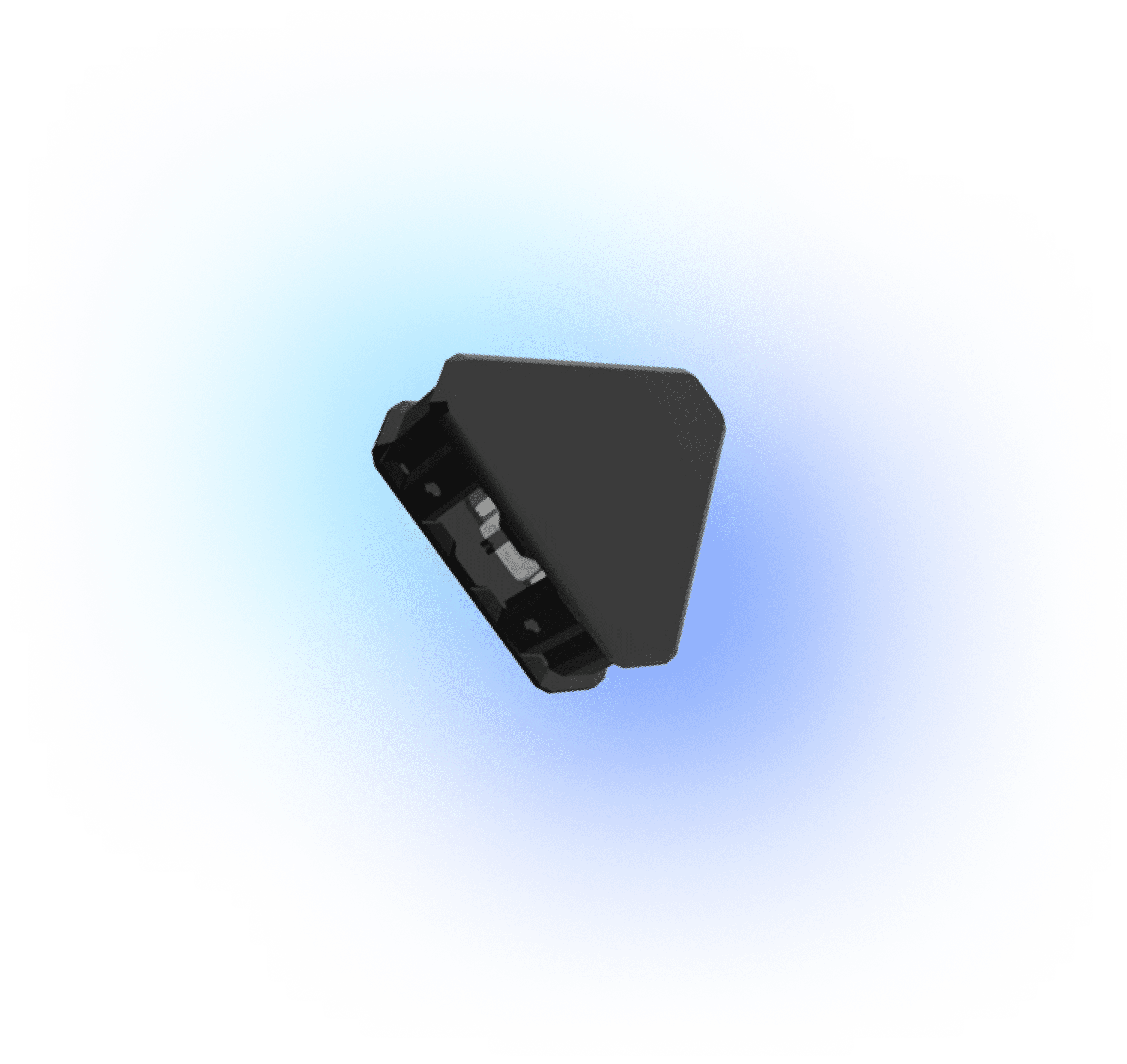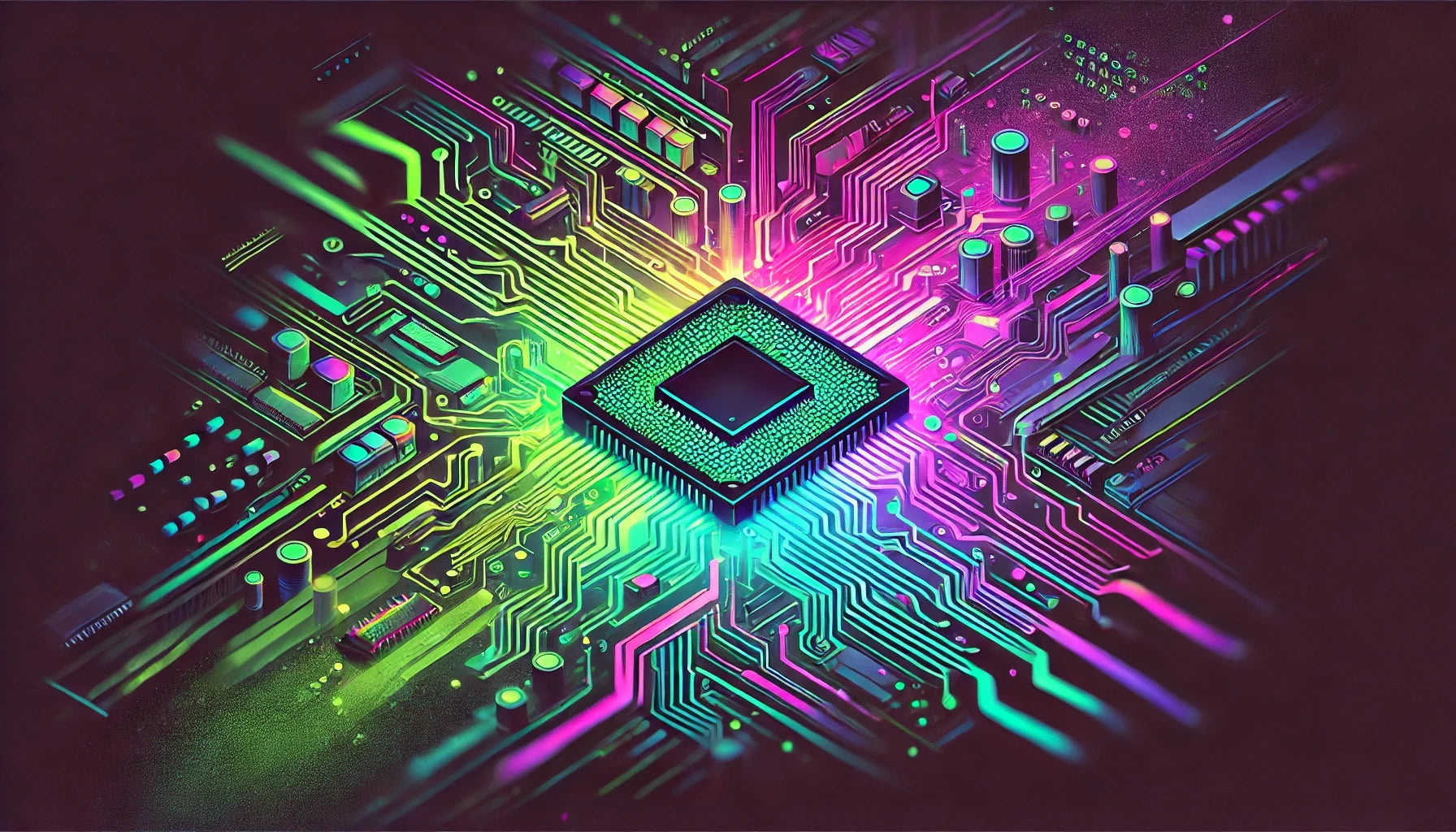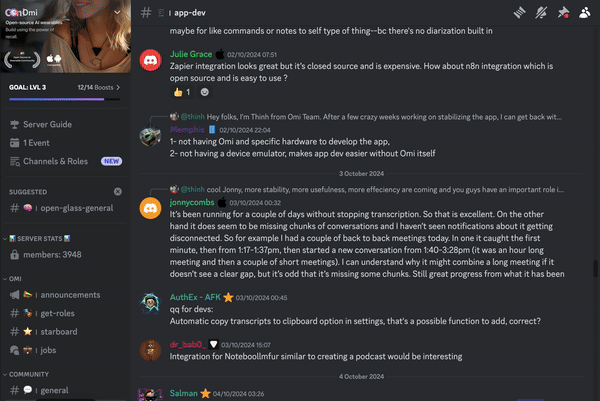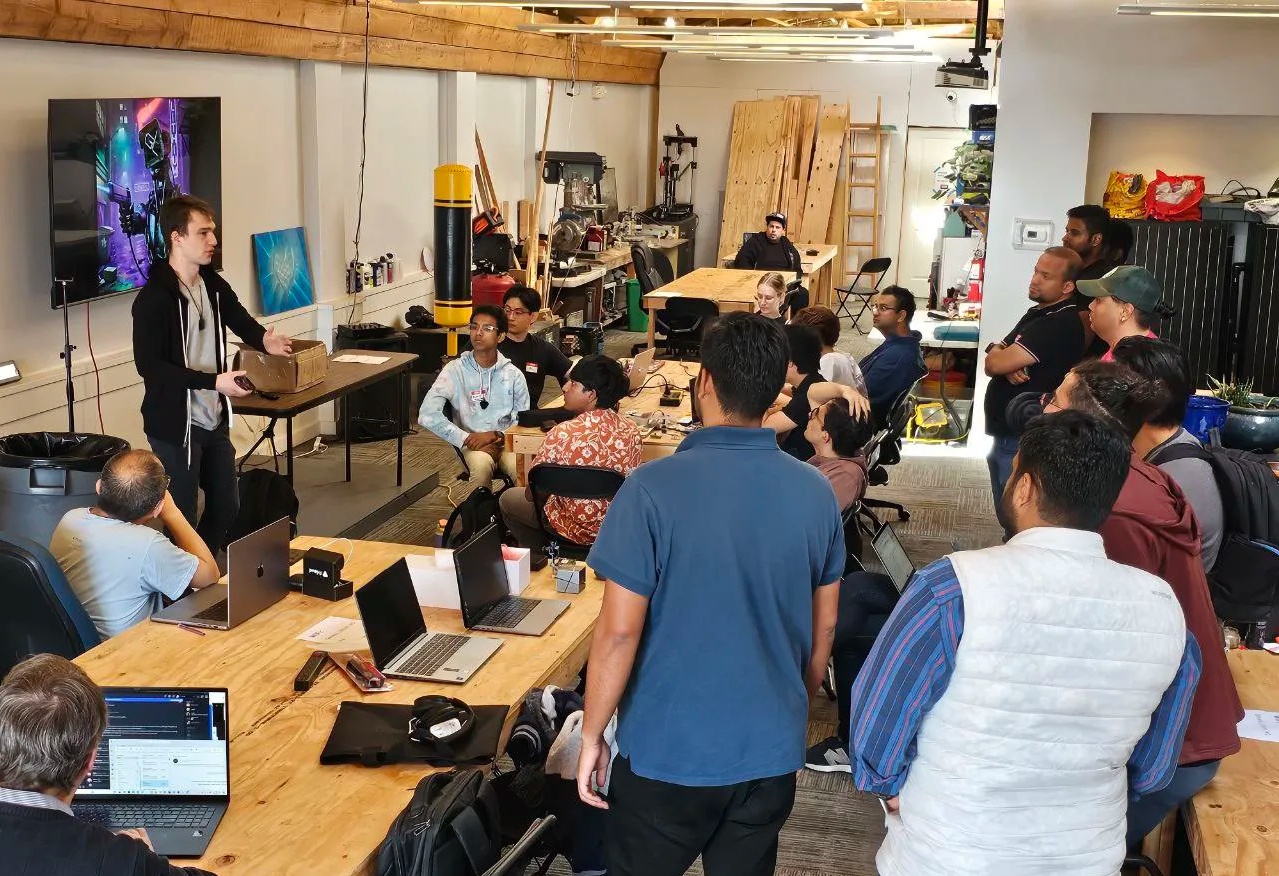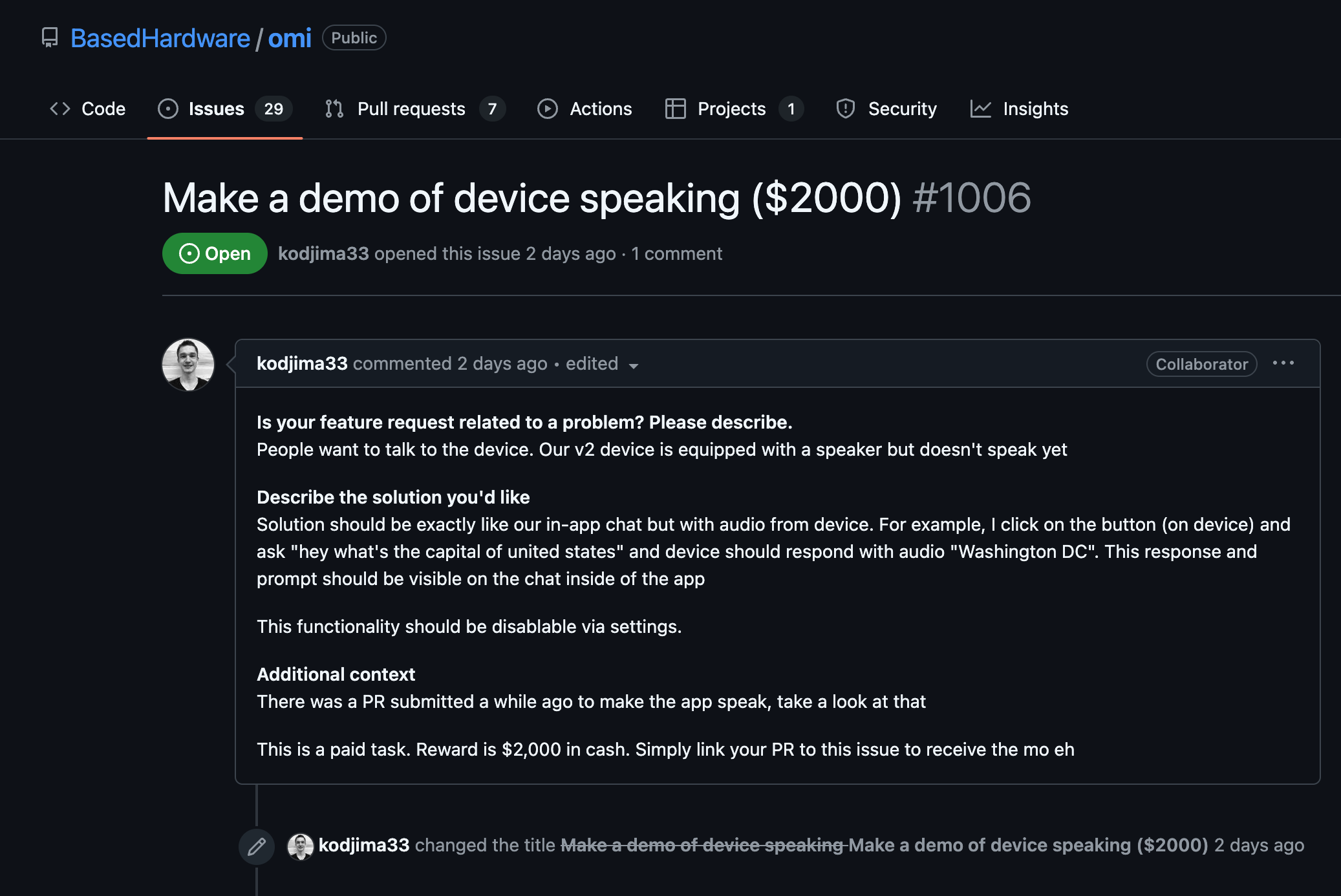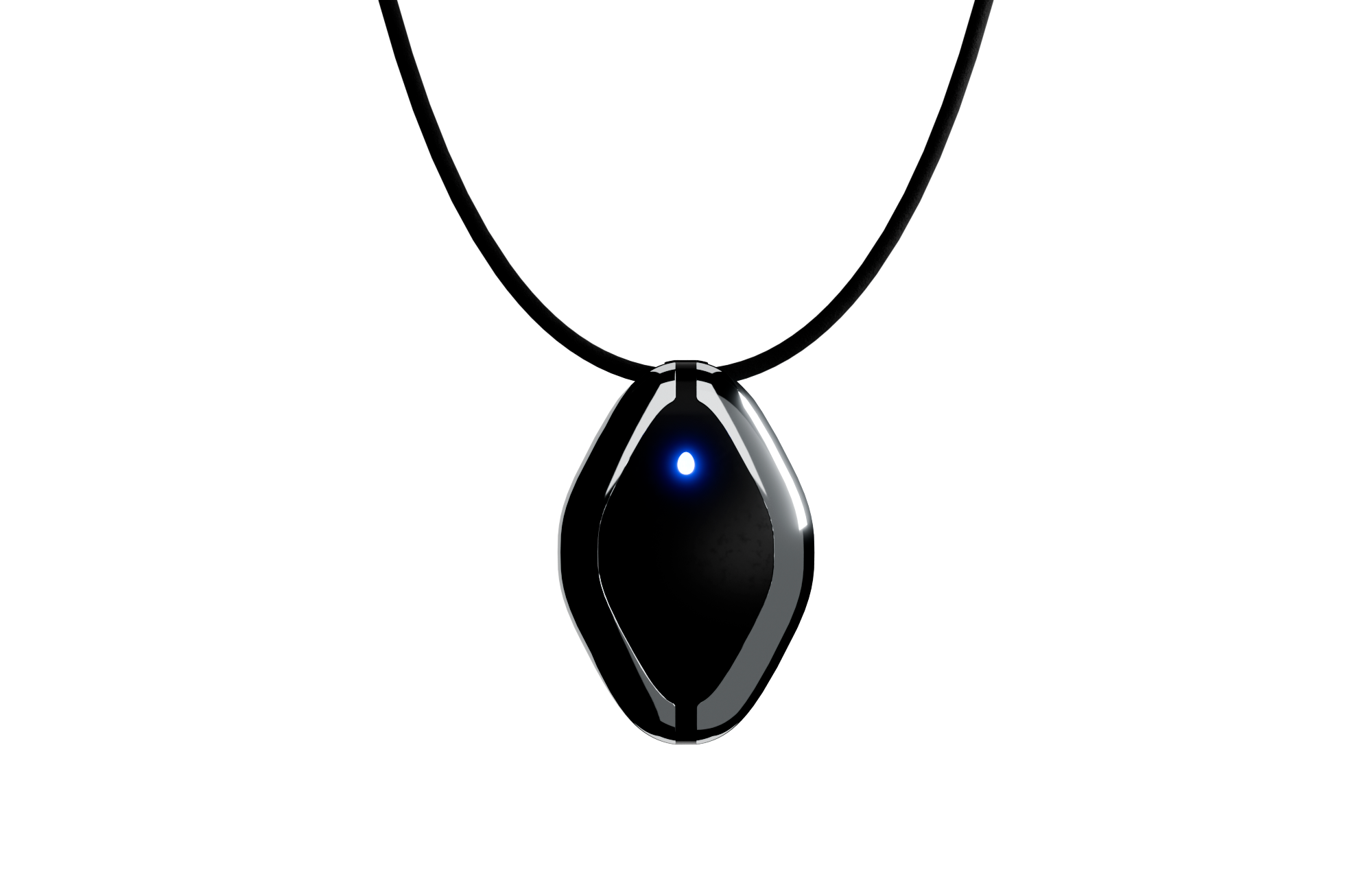Introduction to Hardware Abstraction Layer (HAL)
- A Hardware Abstraction Layer (HAL) is a programming interface that allows software to interact with hardware devices in a general manner. It abstracts the difference between various hardware types for the software to be hardware-agnostic.
- Implementing a HAL in your firmware allows you to write more portable and maintainable code, as it separates hardware-specific code from the application logic.
Analyze Your Hardware Requirements
- Understand the specific hardware your firmware will interact with, including microcontrollers, peripherals like GPIOs, ADCs, UART, SPI, etc.
- Identify common functionalities across different hardware devices that can be abstracted into a unified interface, such as read, write, initialize, and configure operations.
Define a Hardware Abstraction Interface
- Create a set of interfaces or abstract classes that define the operations your application requires from the hardware.
- For example, define an interface for GPIO operations:
typedef struct {
void (*init)(void);
void (*set)(uint8_t pin, uint8_t value);
uint8_t (*get)(uint8_t pin);
} GPIO_Interface;
Create Hardware-Specific Implementations
- For each type of hardware, implement the interfaces defined in the abstraction layer. These implementations will contain hardware-specific details, like register configurations and timing constraints.
- As an example, for a specific microcontroller, you might implement the GPIO functions:
void MCU_GPIO_Init(void) {
// Code specific to the microcontroller for GPIO initialization
}
void MCU_GPIO_Set(uint8_t pin, uint8_t value) {
// Code to set a GPIO pin high or low
}
uint8_t MCU_GPIO_Get(uint8_t pin) {
// Code to read the value of a GPIO pin
}
GPIO_Interface GPIO_Impl = {
.init = MCU_GPIO_Init,
.set = MCU_GPIO_Set,
.get = MCU_GPIO_Get
};
Use the HAL in Your Application
- In your firmware, use the abstracted interfaces for interacting with hardware rather than directly accessing hardware registers.
- Initialize and use the abstracted interface in your main application code:
void app_main() {
GPIO_Impl.init();
GPIO_Impl.set(5, 1); // Set pin 5 high
uint8_t pin_value = GPIO_Impl.get(5);
}
Testing and Validation
- Thoroughly test your HAL implementations on the actual hardware to ensure correctness and performance. Validate that the abstraction does not introduce significant overhead.
- Create unit tests or use a hardware simulation environment to ensure that all scenarios and edge cases are properly handled.
Refactor and Optimize
- Refactor the HAL code to enhance readability and maintainability. Use inline functions or macros where appropriate to reduce overhead.
- Ensure that your HAL is modular, allowing for easy integration and extension when new hardware types or functionalities are added in the future.
